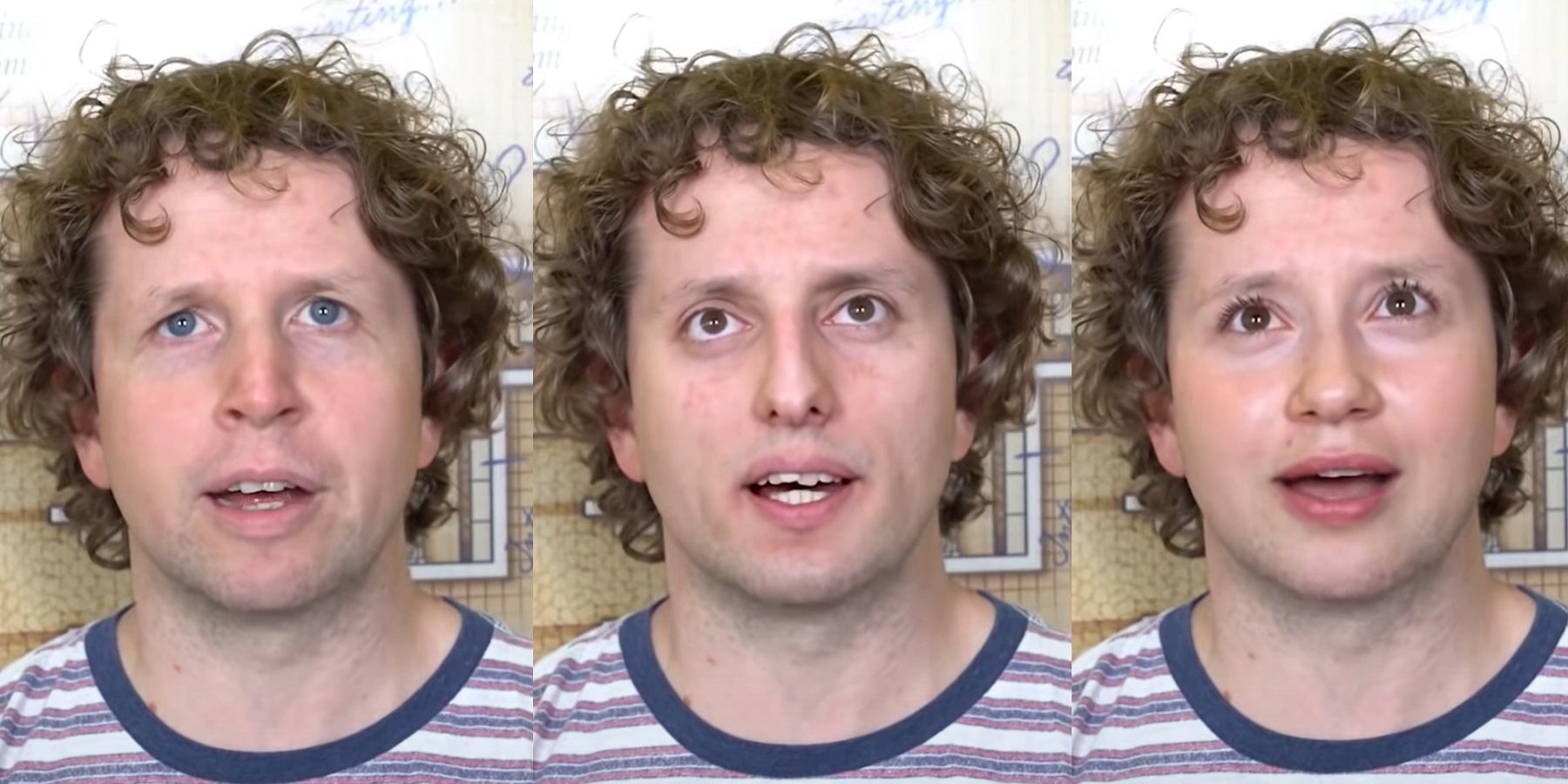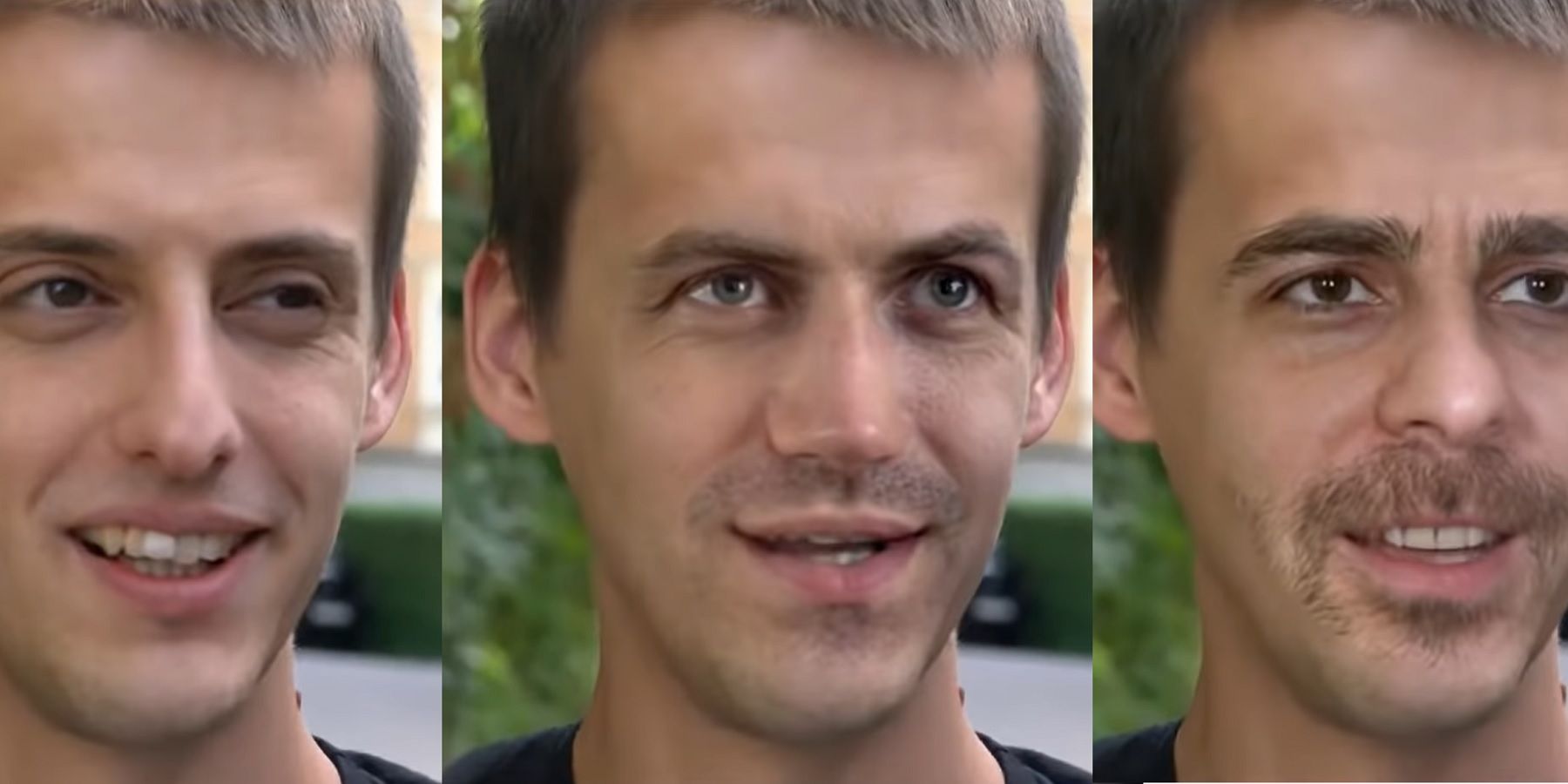Disney recently unveiled tech that could potentially bring back actors from beyond the grave. This face-swapping algorithm challenges the notion behind seeing is believing and fans could soon see their favorite action stars do their own stunts long after they're retired, all without that awkward uncanny valley feeling as well.
Given how many legendary actors have been lost within the last decade alone, it's only natural to look for ways to try and immortalize their onscreen presence somehow. That's exactly what Disney can achieve with the help of a complex face-swapping system that puts the emphasis on practicality and realism. Although this isn't as simple as just putting on one of those insanely popular Marvel character Instagram filters.
A new tech proposal seeks to virtually put any face on any live-action actor. The idea behind Disney's 'High Resolution Neural Face Swapping' technology is to make swapped faces look as natural and as close to real life as possible. This technology elevates the face-swapping game to a whole new level by making visual anomalies nearly indiscernible to the naked eye. According to Disney Research Studios, its face-swapping system is “the first method capable of rendering photo-realistic and temporally coherent results at megapixel resolution.” In addition, it is claimed the algorithm is capable of making “any performance transferable between any two identities” in a database. In other words, with the facial data of a certain actor, their likeness can be superimposed onto any model chosen. It's similar to how Deepfake technology works, albeit with more sophisticated measures in maintaining facial accuracy and consistency.
Face Swapping A Rapidly Evolving Landscape
This technology isn't exactly new as there are companies that are already using similar solutions for commercial purposes. However, what makes this solution stand out from the rest, is that, while other applications also render a plethora of visual anomalies resulting in unstable, flickering distorted imagery, this algorithm produces a recreation that's harder to distinguish from the real thing. After all, generating a still face-swapped image is one thing, but making it look compelling, and in real time, is another.
Digitally constructed facial structures typically struggle when it comes to blending into the real world in real time, but this algorithm appears more capable of addressing those problems. It does so by adapting to, not only egregious visual anomalies like geometric changes, but also to subtle changes in lighting, contrast and motion as well. This results in a seamless face-swapping solution that renders visual artifacts nearly invisible, making the outcome appear more stable and consistent when in motion.
While some might find digital manipulation controversial, like the audio deepfake that recently sparked a debate over copyright, it's hard to deny that the new developments in this technology could still bring industries a step closer to turning uncanny valley into uncanny resemblance. Perhaps with this efficient and quicker solution by Disney, there will be more instances of late actors reprising their roles in sequels beyond their timeline.
Source: Disney


